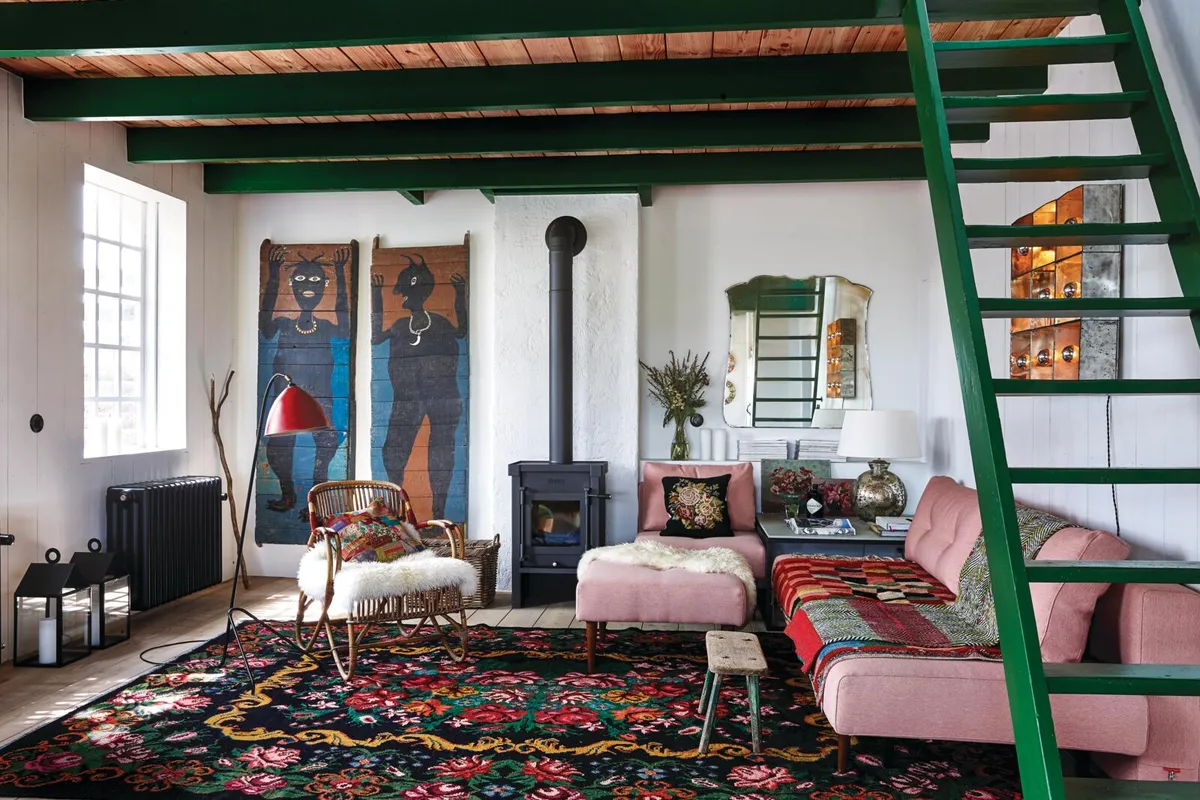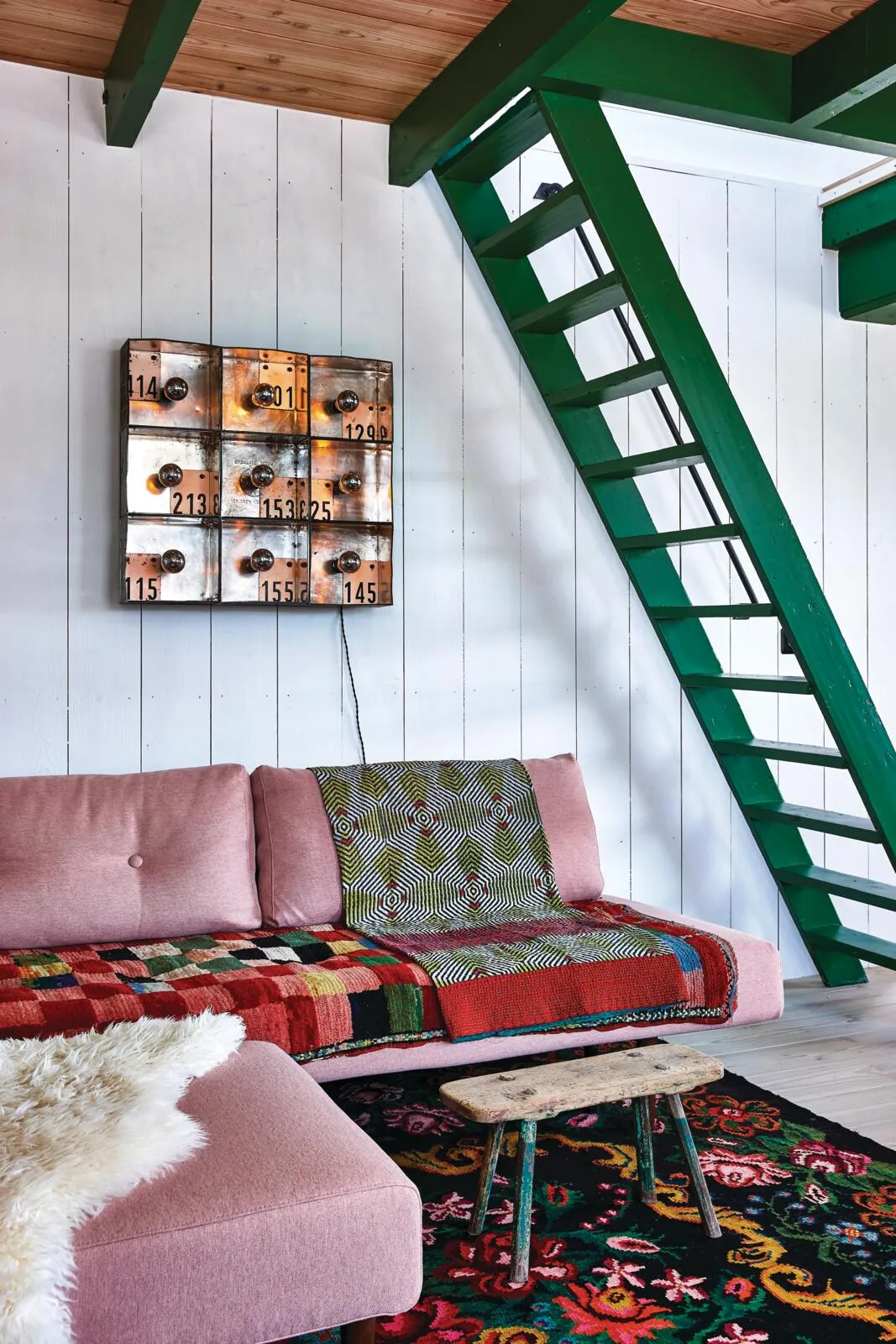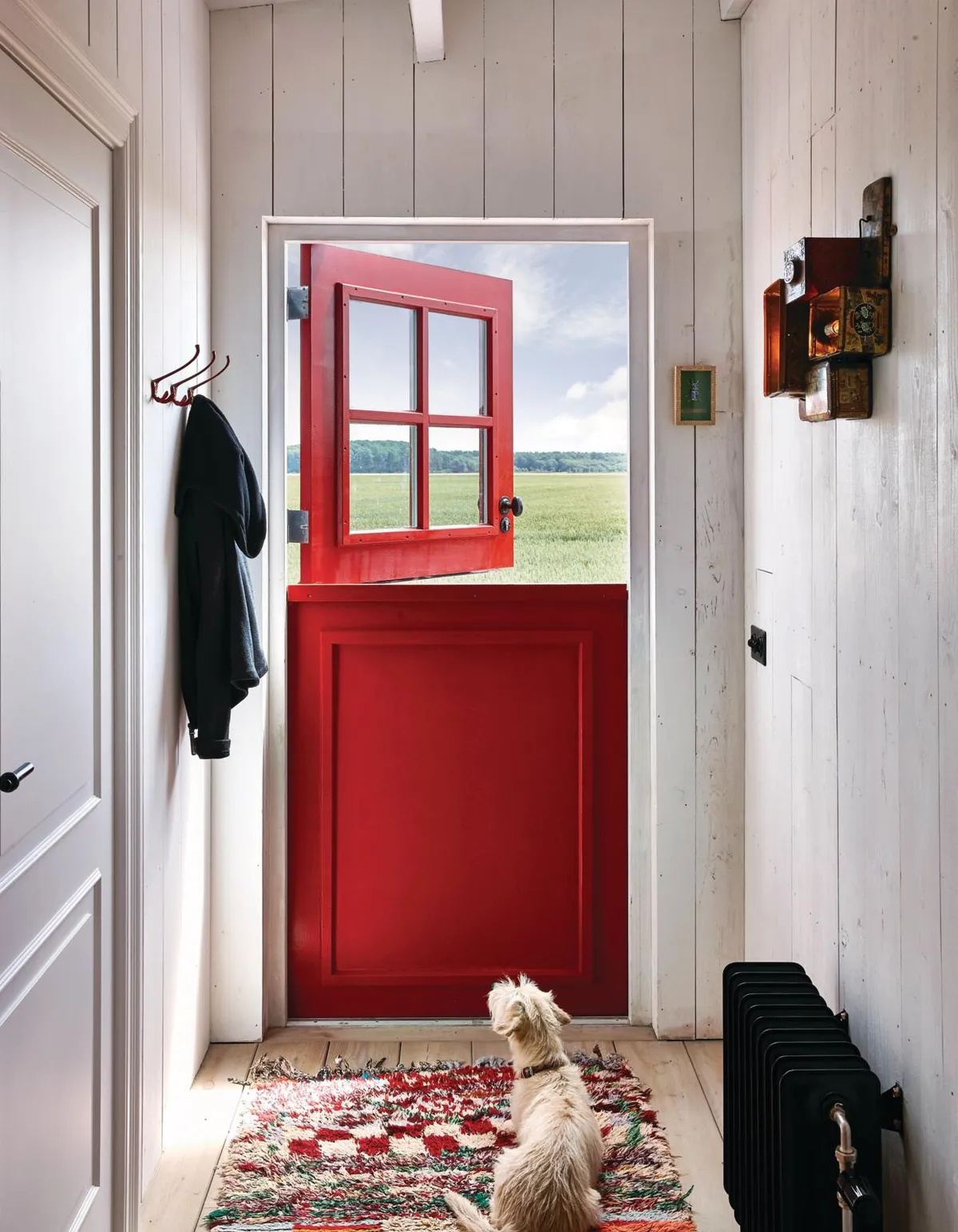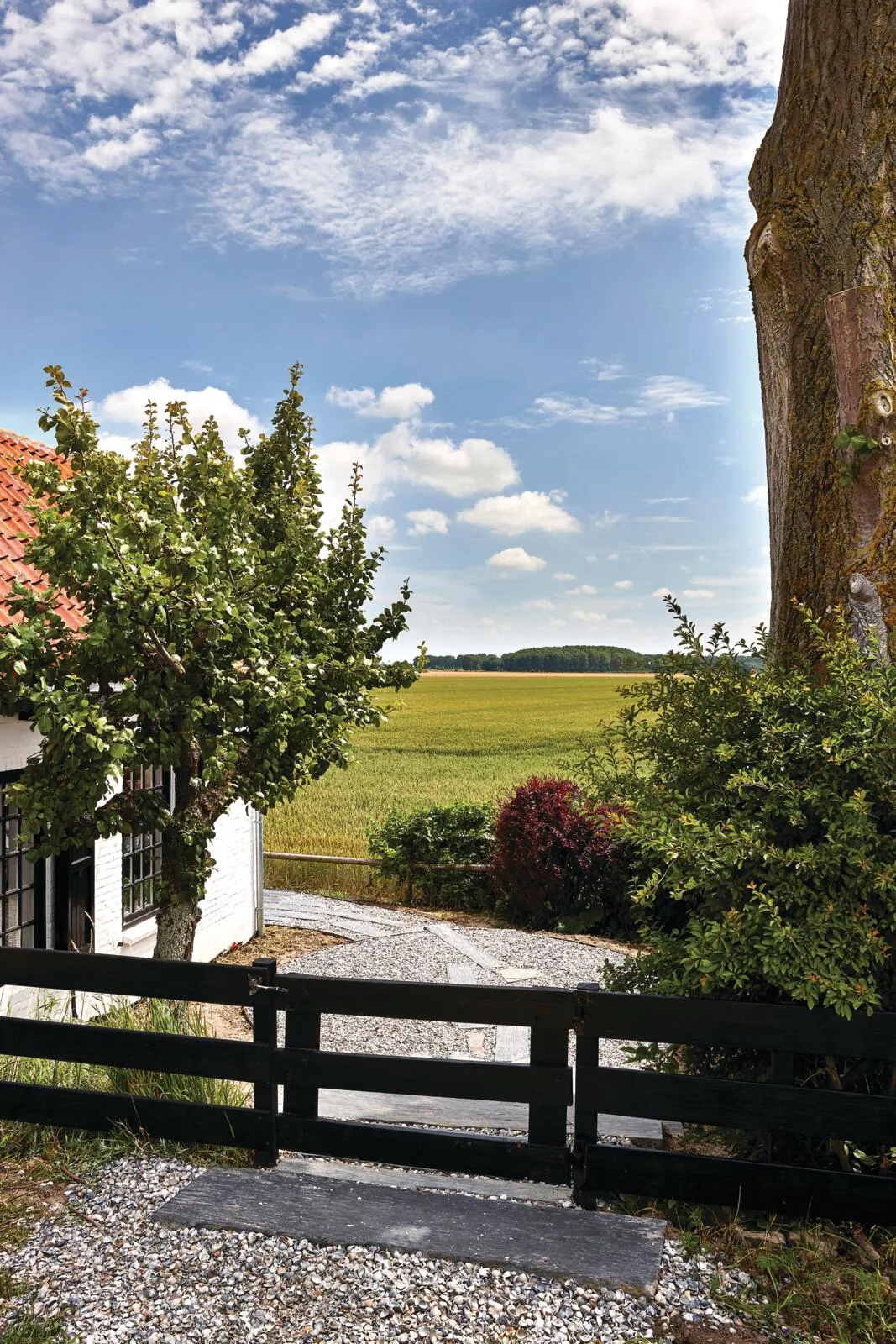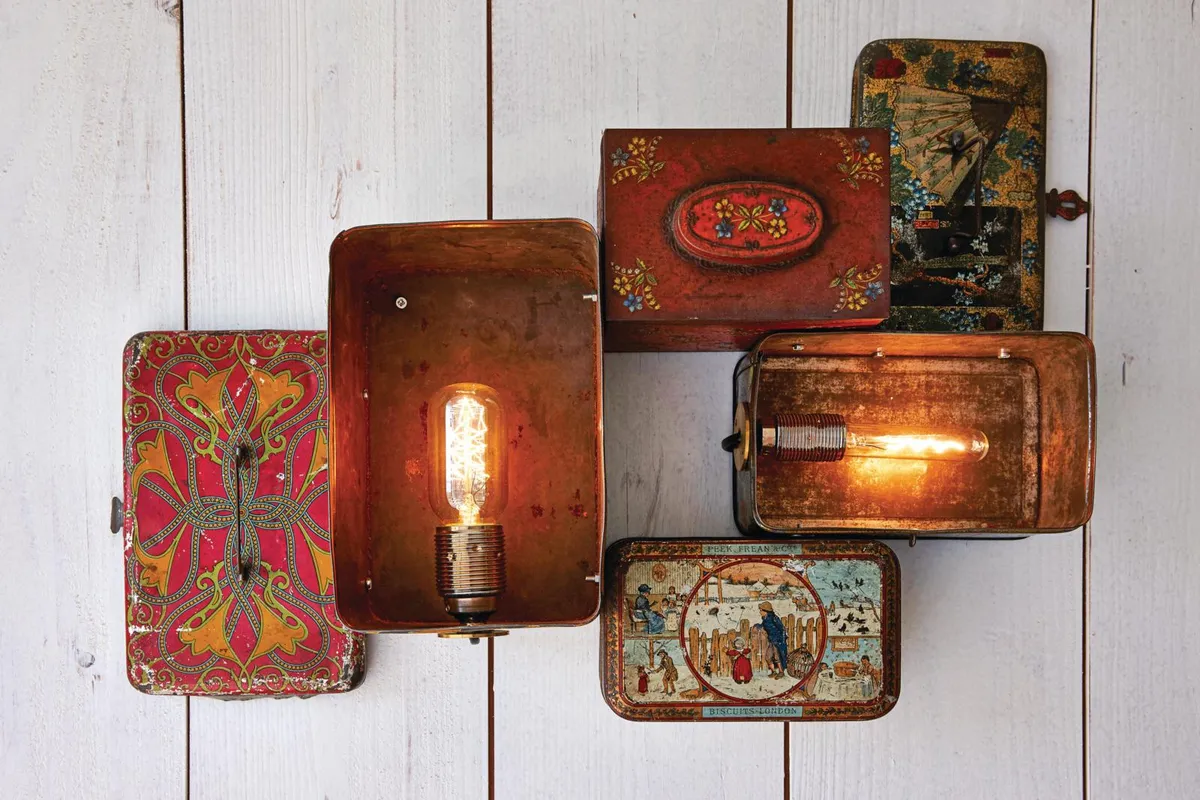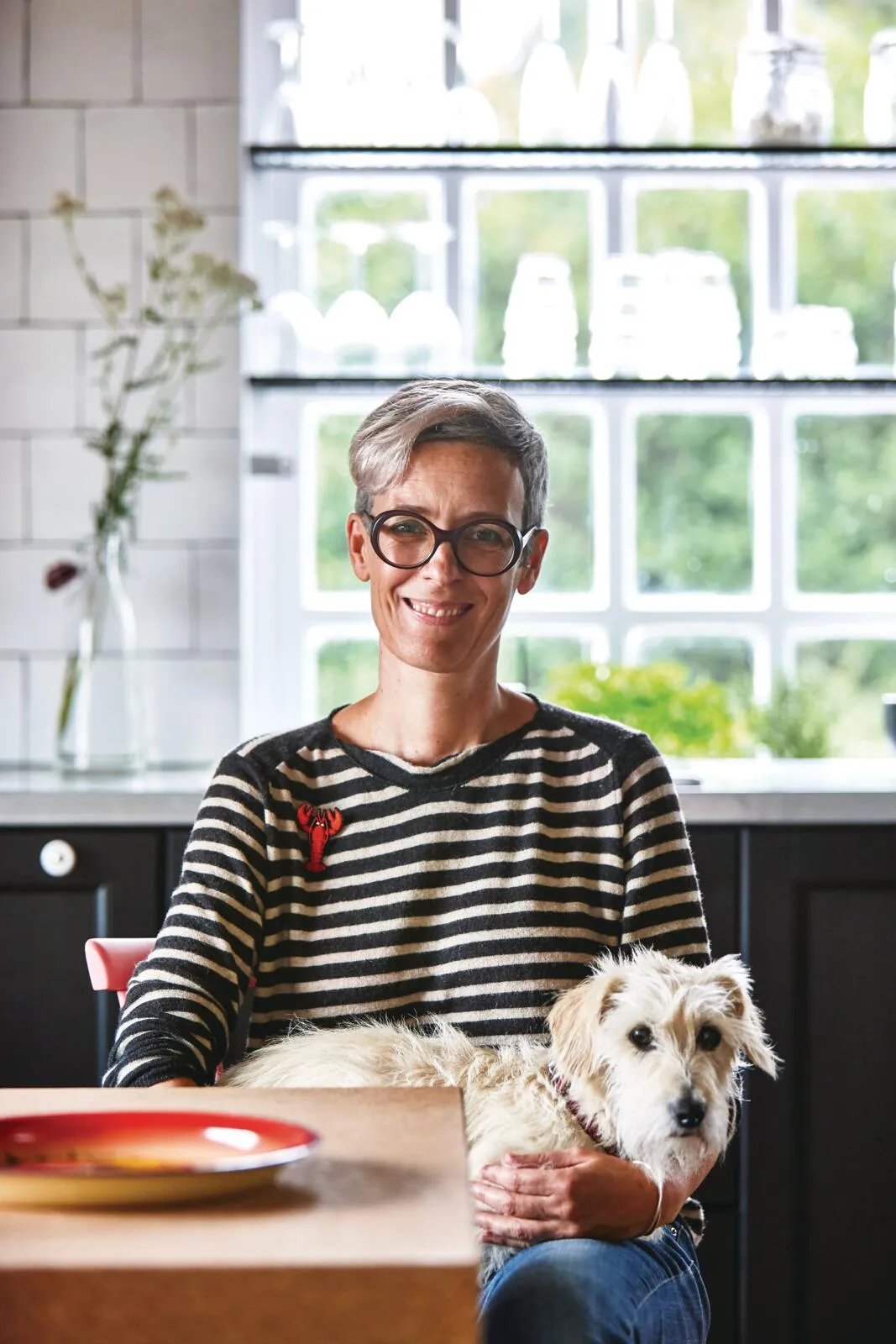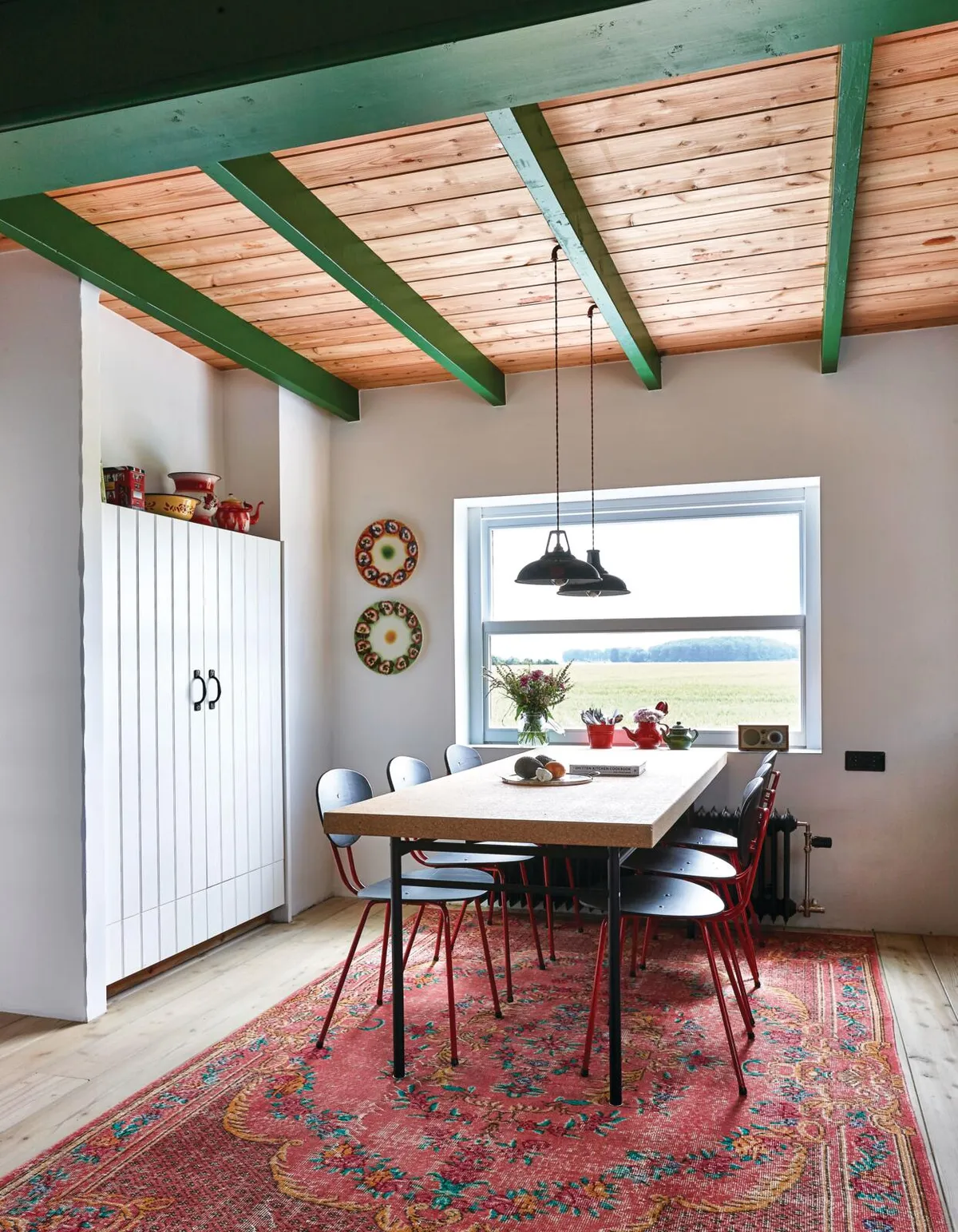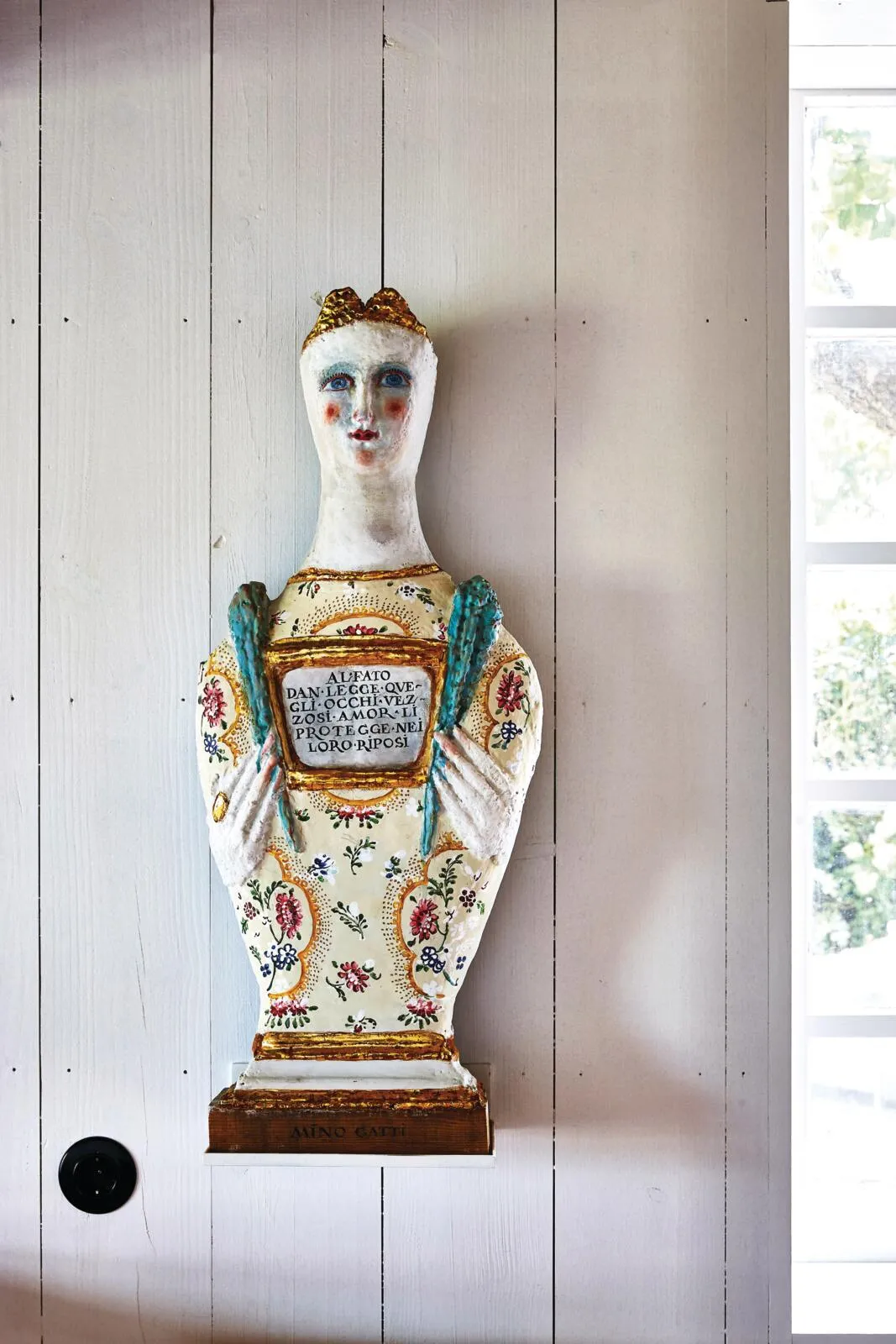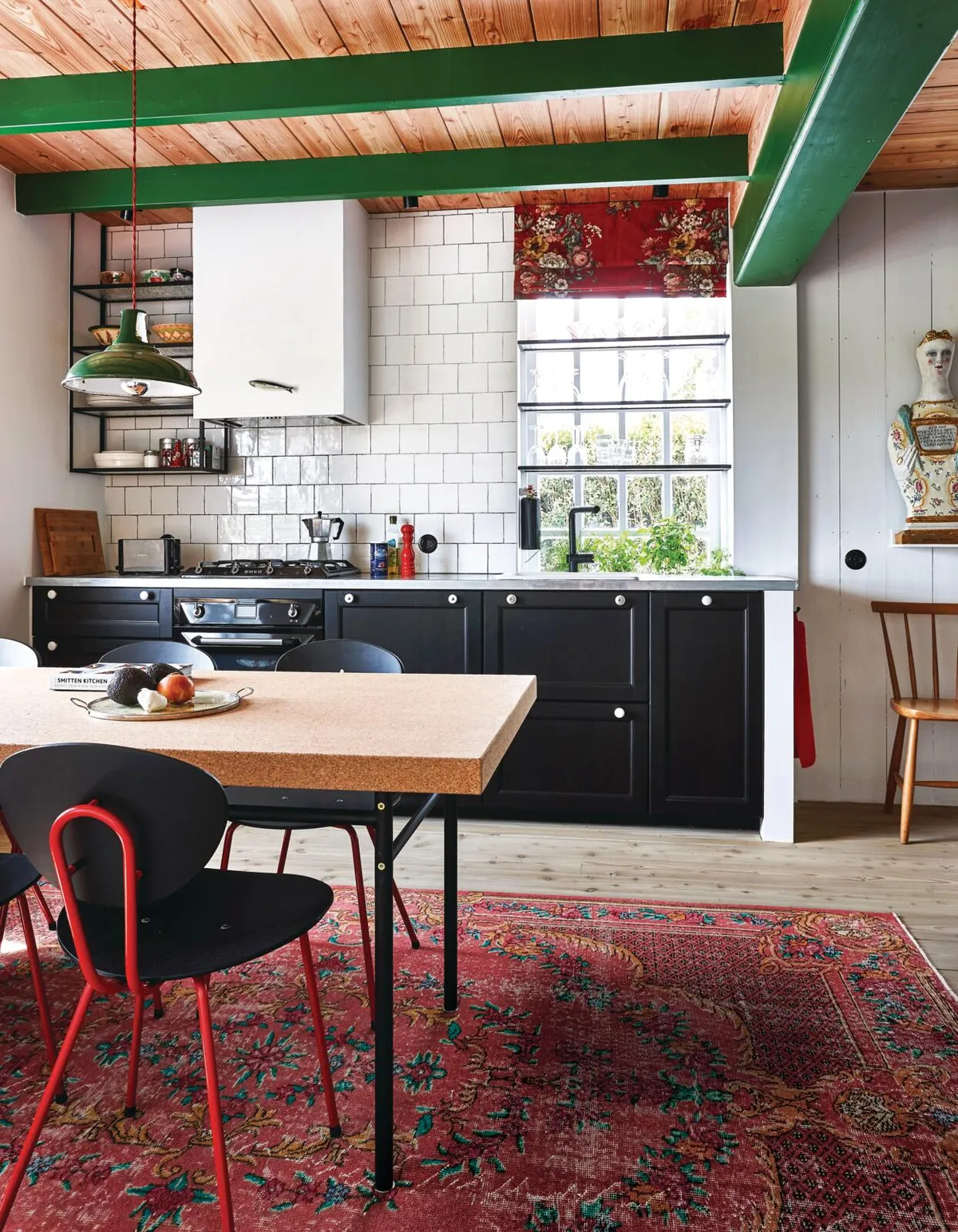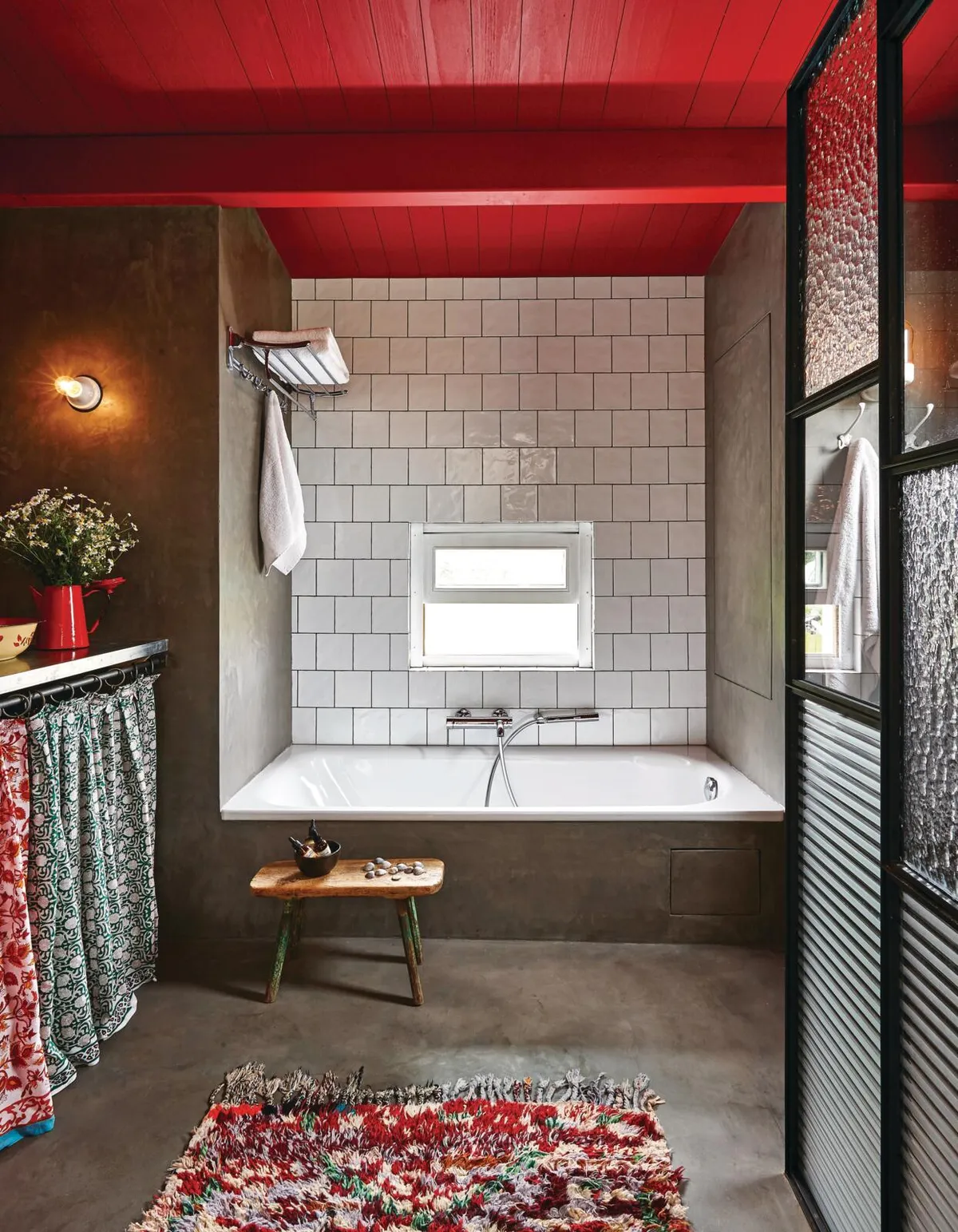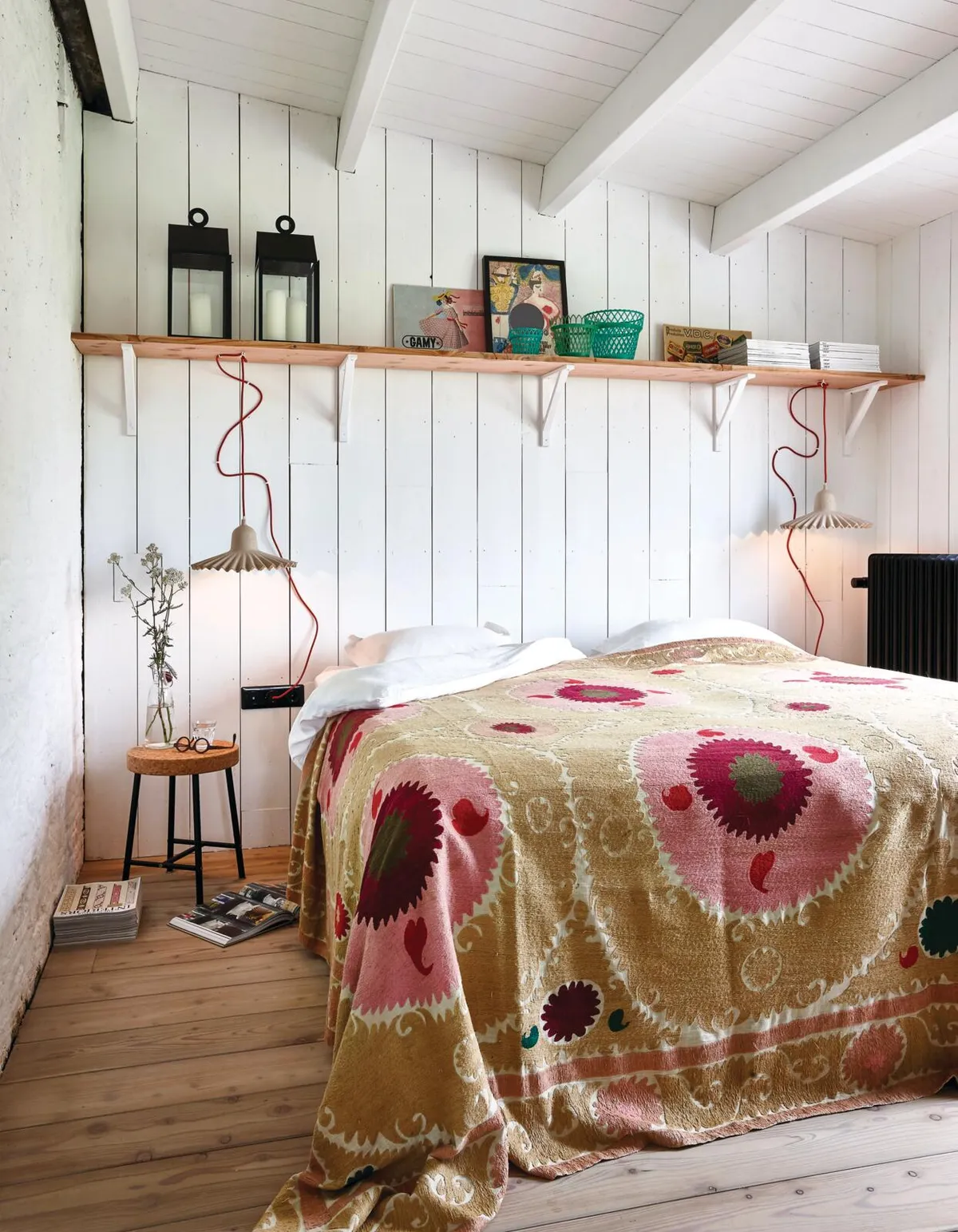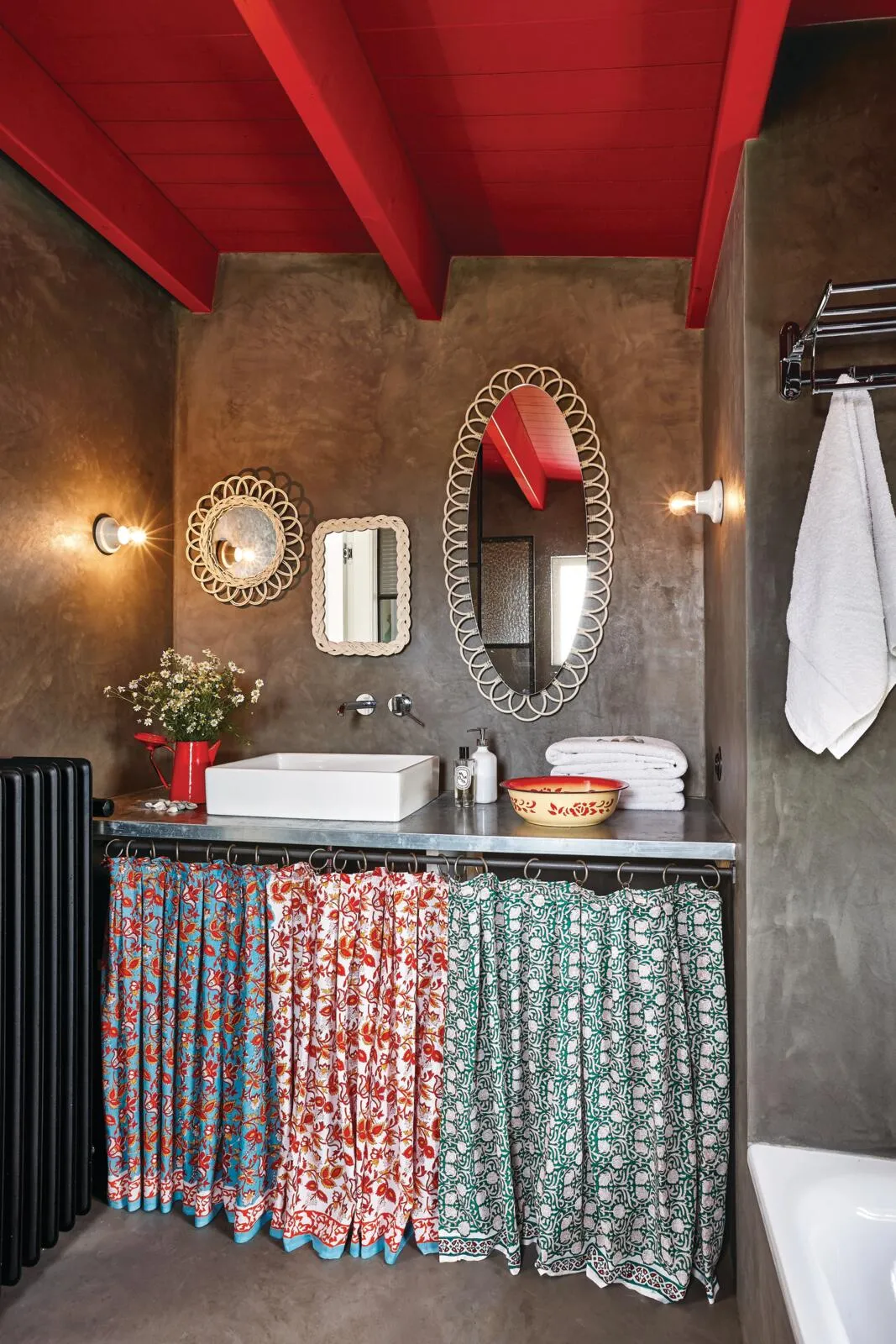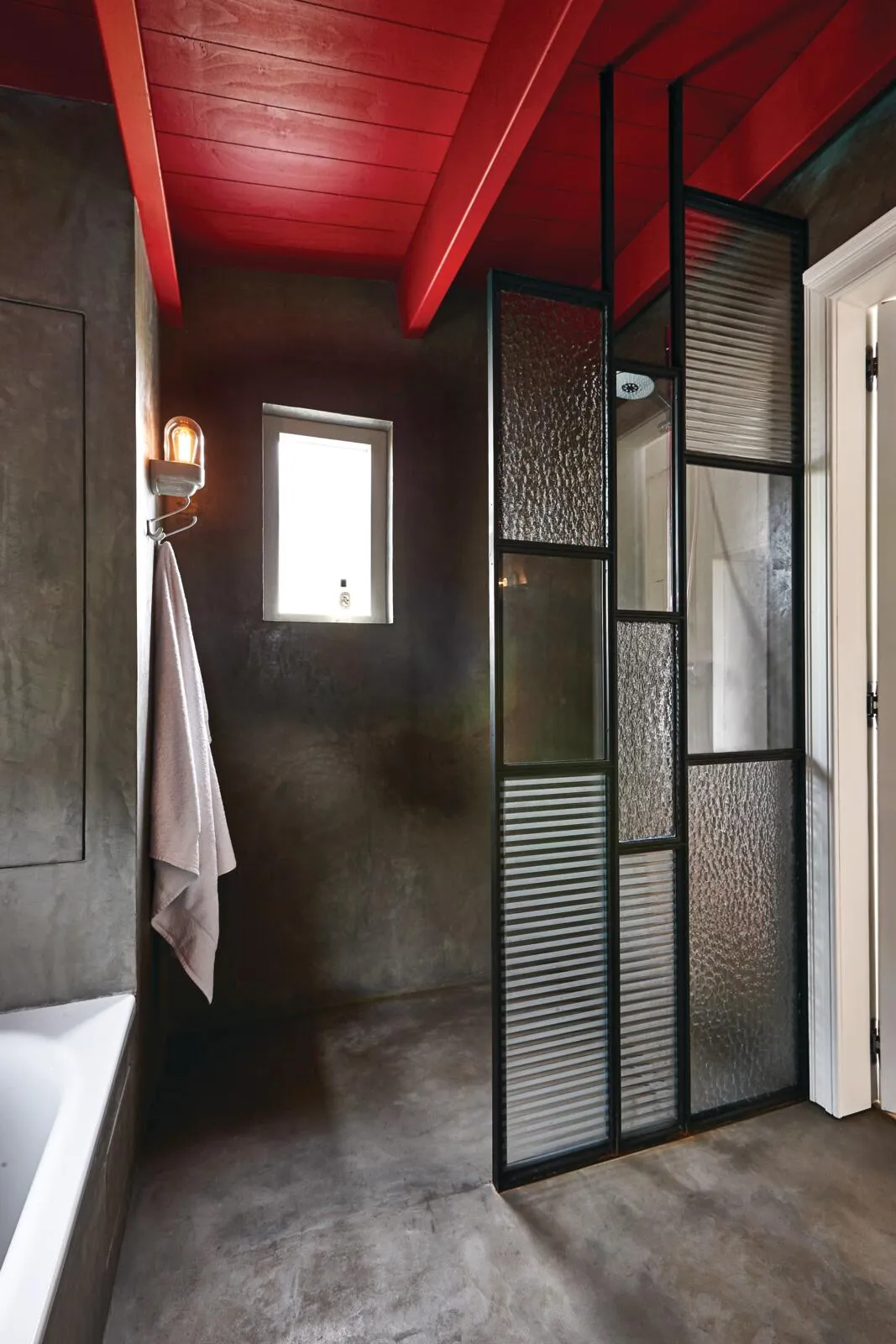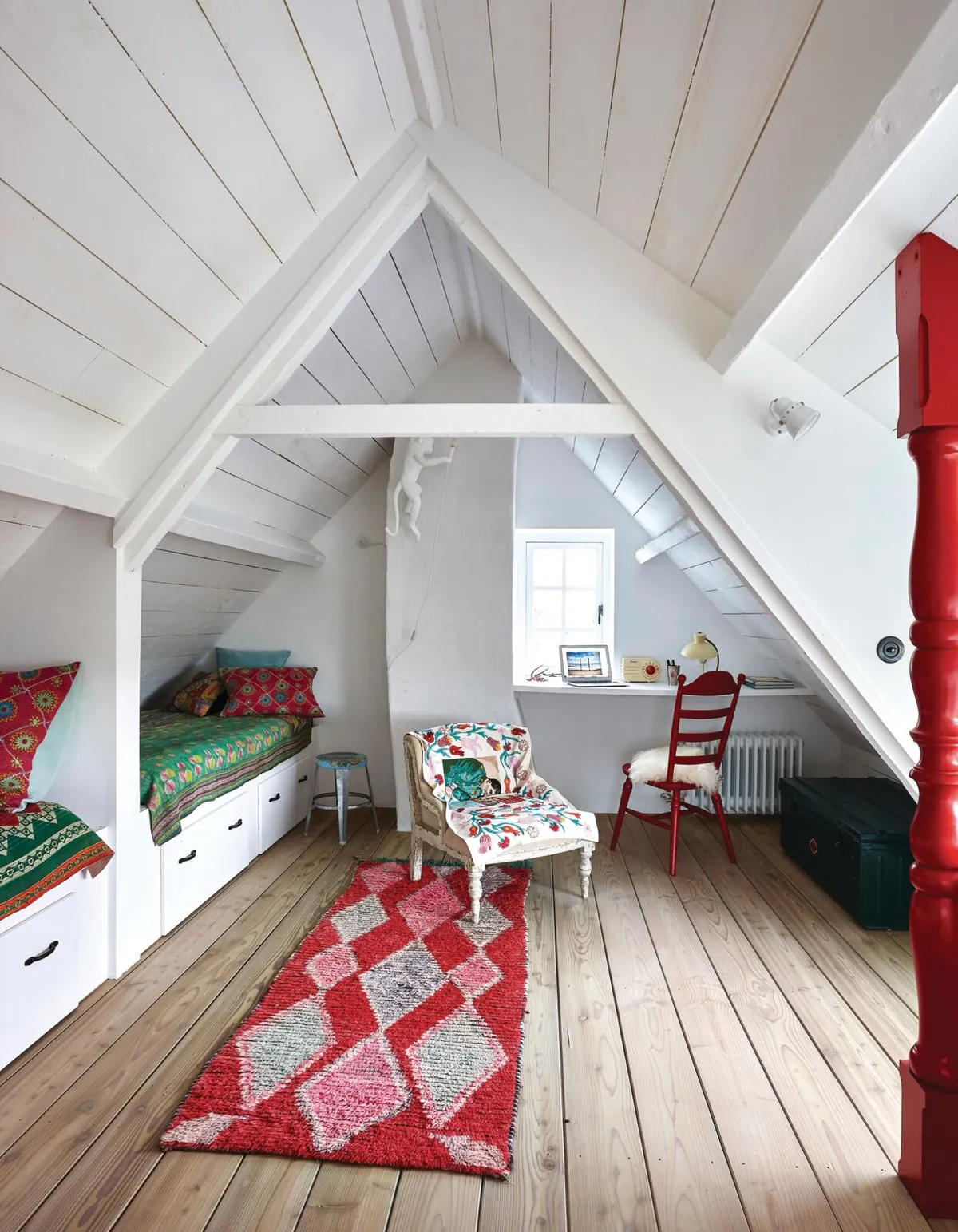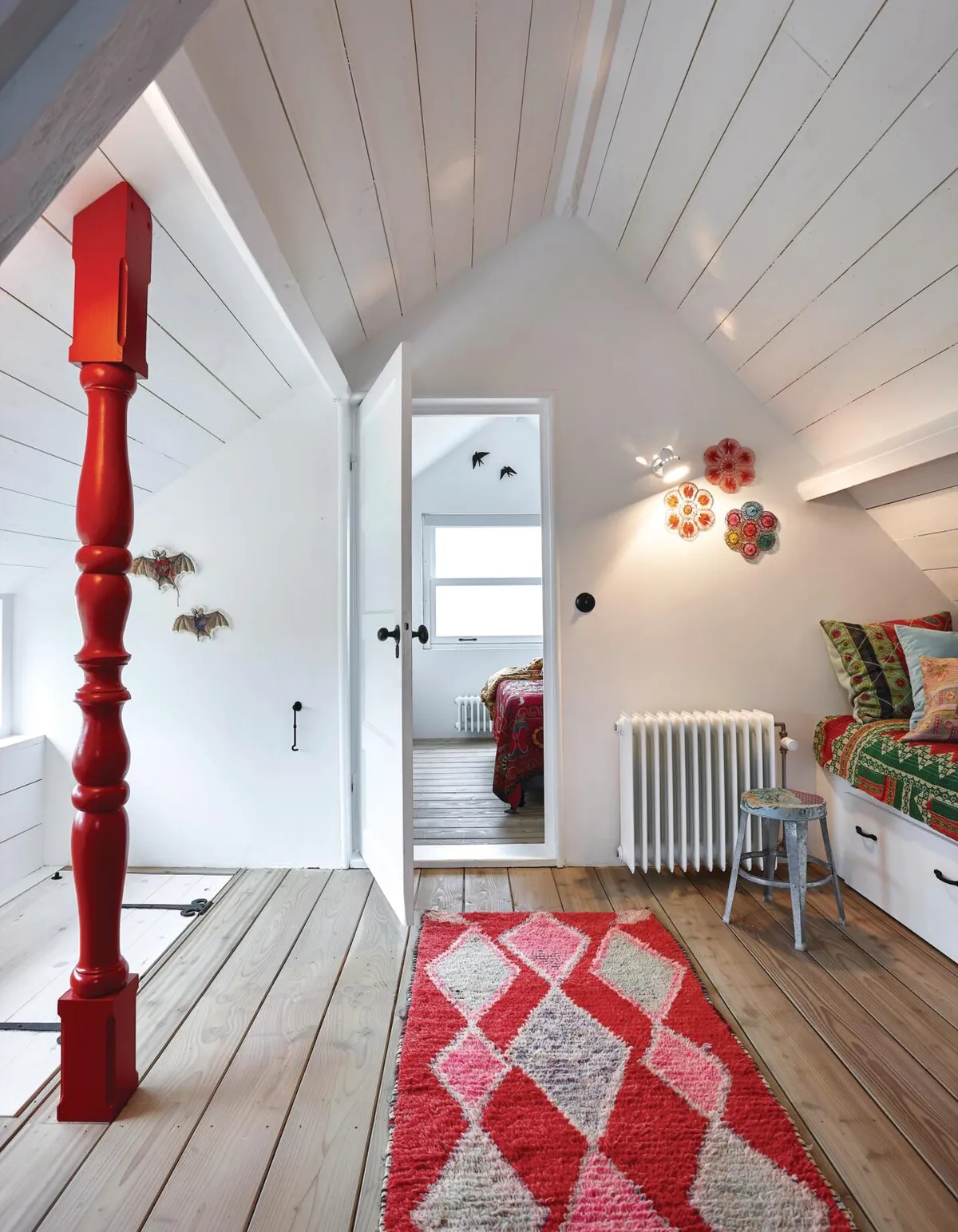'We weren’t really looking for a place to buy,’ admits Kim Verbist, recalling the first time she and her partner Sofie saw the humble fisherman’s cottage they have since turned into their weekend escape. When they stumbled upon it four years ago, they were enjoying a family break touring the area in what was then their holiday home-from-home – a fabulous 1950s American Boles trailer, complete with gleaming aluminium trim.
‘We really loved the trailer for its cosiness,’ says Kim, explaining that they hadn’t considered a bricks-and-mortar alternative until the moment she spotted a ‘For Sale’ sign as it flashed past. ‘The moment I saw it, I told Sofie to brake,’ she says and, luckily, having pulled over they discovered the owner happened to be in and was delighted to show them round. ‘It was in pretty terrible shape,’ Kim says, ‘but we fell in love with it on the spot!’
Delighted by both the feel of the tiny house – its scale and simplicity – and the wonderful views across wide meadows and open sky, they were undaunted by what was clearly an extensive renovation project. Centuries ago this part of the Netherlands was much closer to the shore, explains Kim, and the dyke on which the house stands was most likely built at some point in the Middle Ages.
You might also like a Dutch home filled with bold colours
Little has changed since, it would seem, and the area, which is best known for its wide dune-backed beaches, remains a relatively uninhabited patchwork of fields and reed-filled waterways protected by dykes. It was clear to Kim and Sofie that the cottage would make an idyllic escape from the noise and bustle of their weekday life in Brussels. But there was a lot of work to be done. ‘We kept the exterior walls and three windows and some internal beams,’ says Kim. The rest had to change.
Despite the radical nature of the renovation, she was determined to remain faithful to the building’s original footprint and proportions. And she’s done this with aplomb: using traditional materials to create a calm and unfussy interior that manages to reflect Kim’s exuberant and slightly quirky style, while remaining true to the building’s modest origins.
‘It’s a dream place to unwind after a busy week,’ says Kim, whose design work in hotels and restaurants involves a lot of travel and a fair amount of pressure. Her globetrotting extends to family time as well, and the house is filled with interesting works of art and handicrafts the couple have brought home from their holidays. Essaouira in Morocco is a favourite destination and a source of many of their rugs and other textiles that are such a feature of the cottage. ‘It’s an arty little town,’ Kim enthuses, ‘with galleries and quirky restaurants.’
You might also like a 1930s home filled with colour and pattern
The house today is an easy mix of old and new, unpretentious high street finds, such as the Ikea dining table, that sit easily alongside vibrant works by unknown artists and craftsmen, some ancient and some contemporary. Whitewashed walls provide the backdrop to the couple’s carefully curated collection of antiques and curios and, everywhere one looks, richly embroidered and coloured textiles that include kantha quilts and suzanis. ‘I like things that have soul; that are worn and unique,’ says Kim, adding that she has a real aversion to designer items, especially status pieces. Things for their home are chosen if they speak to her, she says.
Upstairs, neat little cabin beds built into the eaves maximise the limited space. ‘In high winds it’s like being in a tent or on a ship,’ says Kim. ‘Children love it up here.’ As elsewhere in the house, the room is painted white and the space is enlivened with antique throws, rag rugs and the architectural details are picked out in bold primary colours.
‘As you can see, I am obsessed with colour,’ she says with a nod to the pink sofa in the sitting room and the vivid green beams overhead – these were painted to match the original timbers, which had to be replaced. ‘The boards between them were also green, but when we replaced them the painter misunderstood our request and left them natural.’ Their plans for the bathroom were better grasped, and both the ceiling and beams are a deep rich red that looks stunning against the rough concrete-like Mortex walls.
You might also like Netherlands travel guide
The house is now finished – a masterclass in the less-is-more principle. ‘I’m not an obsessive collector,’ Kim says of the carefully curated textiles and works of art that she has assembled so elegantly. ‘I just like to find items that mean something to me, either on my travels or things that come across my path.’
